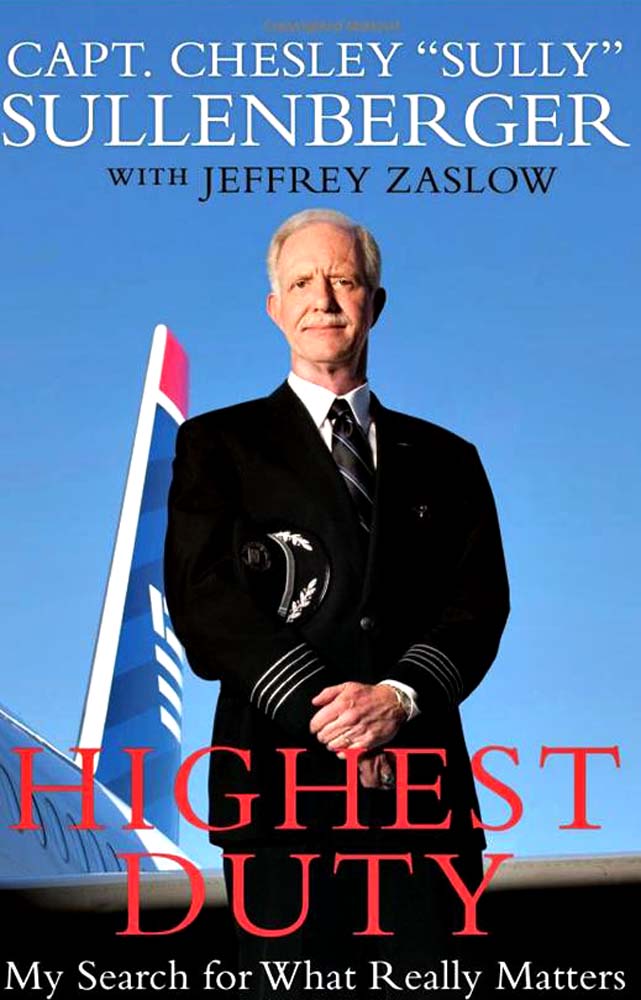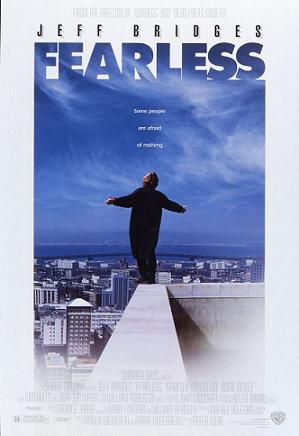 Just as US Airways Captain Chesley B. Sullenberger III skillfully landed his jet in the Hudson River on January 15th, 2009, there is an art to landing from peak experiences. Everyone on board the jet that day survived, so everyone is OK, right? Well, maybe. Everyone on board the jet that day experienced a high intensity situation and how they will be impacted by that event depends a lot on each unique individual’s ego capacity.
Just as US Airways Captain Chesley B. Sullenberger III skillfully landed his jet in the Hudson River on January 15th, 2009, there is an art to landing from peak experiences. Everyone on board the jet that day survived, so everyone is OK, right? Well, maybe. Everyone on board the jet that day experienced a high intensity situation and how they will be impacted by that event depends a lot on each unique individual’s ego capacity.
Bodynamic Analysis, a form of body-oriented psychotherapy developed in Denmark since the late 1960s, proposes that high intensity traumatic events like the crash of US Airways Flight 1549 have a lot in common with peak experiences. Both types of experiences seem to involve a kind of energy raising and altered state of consciousness. The senses become sharpened, perception of time can be experienced as changed or distorted, extrasensory perceptions may be involved, and there can be a colossal feeling of bliss or mastery. For some people there can even be an inner sense of having received a message, or guidance for moving in a particular direction in their life.
Erik Jarlnaes and Josette van Luytelaar in their article, “The Therapeutic Power of Peak Experiences: Embodying Maslow’s Old Concept“ suggest using peak experiences to help resolve shock.
An important aspect of peak (and of shock) is the state of high-level energy experienced, both psychologically and bodily (in the muscles.) The Bioenergetic concept of “charge” is related to this and refers to the body energy that can be charged or dis-charged.
People can have difficulty containing this high-level energy (or charged state) in their peak (or their shock). This often results in losing the peak or “freezing” in shock, which can cause psychological or psychosomatic problems.
So what is an airline crash survivor or an artist caught in the peak of their creative process to do?
Well, fortunately, Bodynamic Analysis has developed a model of 11 Ego-functions that cut across child development phases and have the potential to continue to be developed throughout life. Three of the most important Ego-functions in physically containing the high energy states of traumatic situations (like one’s airplane crashing) are grounding, centering and boundaries. These are concrete body skills that can be taught and trained. The better one’s skills are at grounding, centering and boundaries the longer one can stay functioning in their ego’s capacity in high intensity situations without shock-related brain stem control and physiology taking charge of their systems. And for the artist or performer seeking to sustain their peak, having good grounding, centering and boundaries can support the strong physical container necessary to maintain high level intensity for an extended period of time.
 Being in high intensity can be such a compelling state that some people may not want to land. You may know people who are “addicted” to participating in high risk activities for the adrenaline rush they get. In Peter Weir’s 1993 film, Fearless, Jeff Bridges plays an airline crash survivor who gets stuck in the “high” of having survived.
Being in high intensity can be such a compelling state that some people may not want to land. You may know people who are “addicted” to participating in high risk activities for the adrenaline rush they get. In Peter Weir’s 1993 film, Fearless, Jeff Bridges plays an airline crash survivor who gets stuck in the “high” of having survived.
Other people have a difficult time being in high intensity and may be frightened by it. They might collapse in their body so the high intensity cannot be maintained. These people miss out on the opportunity to be present and ready to act when it really counts and are at risk of not getting the contact and connection they need to land successfully.
So how does one land gracefully from high intensity situations? For me, gracefully means not getting stuck in the peak or conversely collapsing too quickly and too soon back into normal day to day consciousness. Here are some concrete ways to navigate the transition back to everyday life again.
- Land in the physical body. Get in touch with concrete body sensing and be present in the muscles again.
- Work with grounding: feel the physical weight of your body, the pressure of your feet on the ground if standing and the weight of your sit bones on a chair if sitting.
- Work with centering: Sense your spine. Sense the depth of your spine and bring your awareness to the front of it. Can you feel how deeply it penetrates your body? Feel your physical balance point somewhere deep in your lower abdomen.
- Work with boundaries: Sense your skin, your body surface. Can you feel where you end and the surrounding world begins? A great way to do this is in physical contact with another person. Have them tap gently all over your body in a way that feels good to you while maintaining contact with your own center and ground.
- Land in the emotional body. Notice any emotions that appear, accept them and allow them to flow through the body and hopefully while in connection with another person.
- Land in the mental body. Find a language and a way of thinking that can describe the experience and aide you in understanding what happened. Sharing that story with a trusted friend is encouraged. 🙂
I am indebted to Merete Holm Brantbjerg for much of this valuable information I’ve shared with you. Her resource-oriented perspective in working with shock trauma has been immensely transformative for me. For more information about her and her work please visit her website www.moaiku.com.
© Carole LaRochelle, 2009.



I reread this article… written so well… I understand it so much more now that I’ve learned from Merete as well. I really must say- you explain it very well and I highly recommend people take the the time to read through your posts-
They are full of true concrete ROOT HEALING info.
Carole-
Thanks for writing about Bodynamics. I’ve read through Merete’s entire website- so fascinating and exciting to know that there is an in-depth understanding of trauma upon the body and the mind and a practical means of acknowledging and measuring and healing the body from the effects of trauma (through the study of muscular intelligence- reflexes etc…) Just knowing there are exercises and methods of relieving the body and mind from having to hold the intensity patterns of trauma indefinitely comes as a huge relief. I’m so thankful to the Danes for investigating and discovering these relatively newly found and practiced methods of healing the mind and body from trauma-
Bodynamics.
I’ve lived 40 years without any idea that this kind of healing exists- and that acknowledging emotions is highly valuable in the healing process- and that emotions of anger that I’ve never understood and that I’ve been ashamed of actually have extreme value to my true well being. They are validated in the end- there is a way to learn what happened to me so young- why I’m angry and hurt and untrusting- despite the huge lack of cognitive memory before Third Grade.
The body remembers EVERYTHING! And there is a wealth of truth and information carried in our muscles and posturing and reflexes- etc…
I’m learning to listen to my body intimately – and learning to respond in a nurturing caring way and understanding how this action is entirely appropriate and necessary for good health.
To have been introduced by you and others recently to Bodynamics- my whole person has taken on a profound sense of hope. I had always felt trapped and fragile and extremely defended forever. I’ve had to “perform” my whole life- to pretend all is well- to try to rise above the realities of Hell in my world- my home was not a safe place growing up. I grew up with out a sense of safety anywhere- mostly in my own body.
I can acknowledge that now- now that I’ve been learning how to make my current world safe- my mind safe- my body feel safe. With these new ideas of actually learning about Boundaries- Centering and Grounding- I’m learning – so thankfully- that I can dare reveal to myself and to my world who I truly am. I can learn how to grow a SELF. I can actually LIVE MY OWN LIFE.
Thanks for sharing your knowledge! It’s full of natural rights that so many of us may not know about-
I look forward to more of your blog entries.
I’m so happy you found my article valuable. Through resource oriented skill training we can all develop concrete body-based skills to help us cope with and heal some of our biggest injuries. I wish you much success in your healing journey.